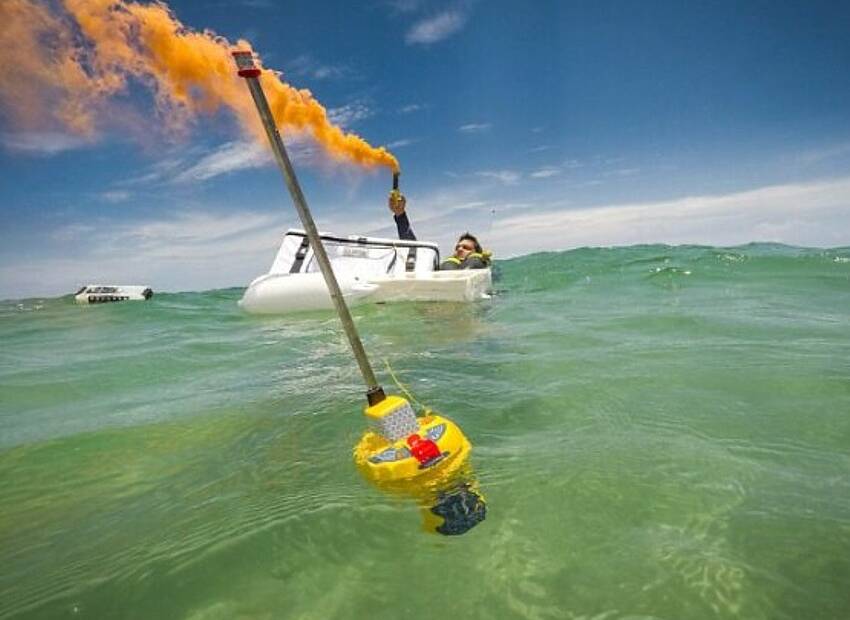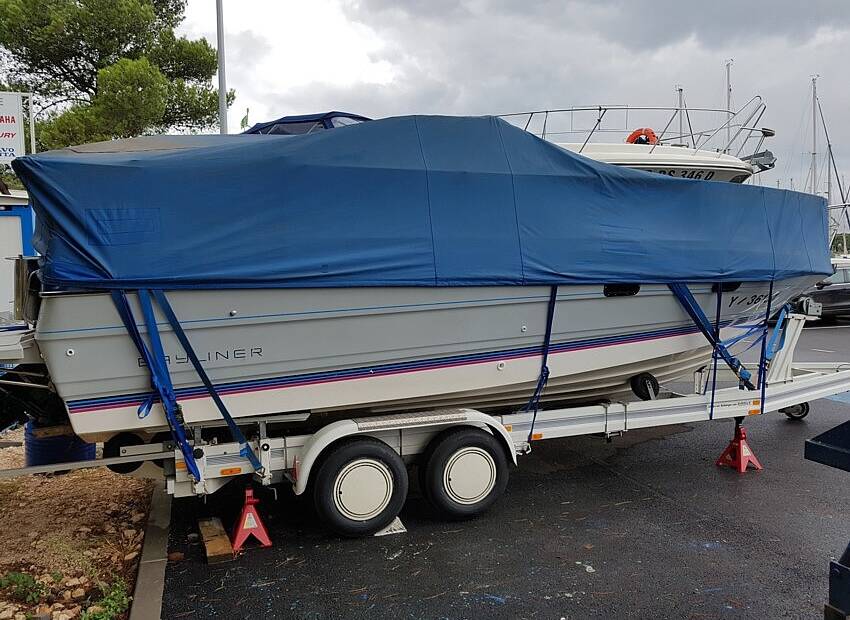If you are anything like me, nothing beats sailing...
under a canopy of stars and planets at sea. But--
there's a menace out that you may not be aware of.
Not a freighter, tanker, steamer, submarine or commercial fishing trawler...
Not a rocky shoal or razor-sharp coral reef beneath the sea surface...
But it can sneak up on you with results just as deadly.
Keep a sharp lookout for these hidden "hard-to-see "navigation hazards"!
~~~~~~~~~~~~~~~~~~~~
What can lurk just beneath the surface of the water. Or float atop the water like a monster awaiting its prey? These go by many names; deadheads, shipping containers, barrels, drums, and flotsam.
And they all have the potential to stove a hole in your boat, crack your keel, damage your rudder, or bend your propeller or shaft like a twisted piece of linguine.
Next time you are out driving, check out those big trucks that pull trailers behind them. Ever wonder where those come from? They just might have come over to your local area in a container ship.
Hundreds of these ships are engaged each day in trade throughout the world. Loaded to the gills with containers. Thousands are shipped across the world's oceans to bring food, clothing, and supplies to the world's population.
But not all those empty containers make it across the deep blue sea. Some end up in the drink. Chapman Seamanship and Piloting says this about container falling overboard at sea: "Every year, literally thousands of them fall from the decks of container ships in rough seas." Containers are made so that they flood and sink if they fall overboard, but not all of them will. And that's not all. Destructive storms, tsunamis, and hurricanes toss massive debris into the water too.
Put 4X Scanning Into Play Today!
You may think that radar could pick up these monsters, but I wouldn't bet on it. Radar beams can skip over objects low in the water, and will miss submerged debris altogether. By all means use radar to scan on low range-scales in addition to higher range scales. But always combine this with a 4X visual scan with binoculars.
4X means Four Times an Hour. Once every 15 minutes. That's not too much for basic lookout duty in my book. That averages about 3 minutes to scan (visual, radar, etc) and 12 minutes to relax a bit. Not a lot of effort involved, but I believe it's worth the extra effort.
Increase visual and radar scans when sailing in or near areas of heavy shipping concentration. For example, when sailing in or near the axis of the Gulf Stream, the Straits of Florida, the English Channel, or any shipping lanes or routes you see on nautical charts (i.e. entrances to major ports), Pilot Charts or similar references. If container ships use these routes, you can bet that the possibility of floating, partially submerged, or submerged monsters will be high.
But that's not all...
Debris from weather phenomena described earlier will follow the major wind and current patterns of the world's oceans. 4X scanning would be wise if sailing near or downwind, down current of any major weather event or recent weather event (several months back). In any event, you cannot be too cautious on watch in today's oceans. Metal slamming into fiberglass at 6 knots will still do a lot of damage .
Use These Scan Tips for "Hard to See" Objects
Pass onto your sailing partner or crew to make visual scans at least 4X an hour. Scan low and check the water area ahead of the boat. Sweep outward as you move toward the horizon. Move your eyes just above the area of interest. Studies show that this enables you to pick up hard to see objects better.
For example, when you look at the horizon, check the line of the horizon but also just a few degrees above the line. Add a radar scan to the visual scan. Be sure to set the range on the lower scale; watch for a few sweeps. Then change to the next higher range.
~~~~~~~~~~~~~~~~~~~~
Pass along these vital sailing tips to your sailing partner or crew so they know what to look for while on watch. Keep safe on the congested waters of the world when you maintain eternal vigilance for hazards in your path--wherever in the world you choose to go sailing!
Get instant access to 400+ sailing articles, videos, live discussion forums, and free ebooks! Click here to find out more!
Captain John






















